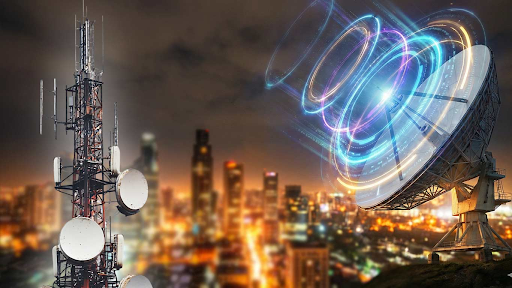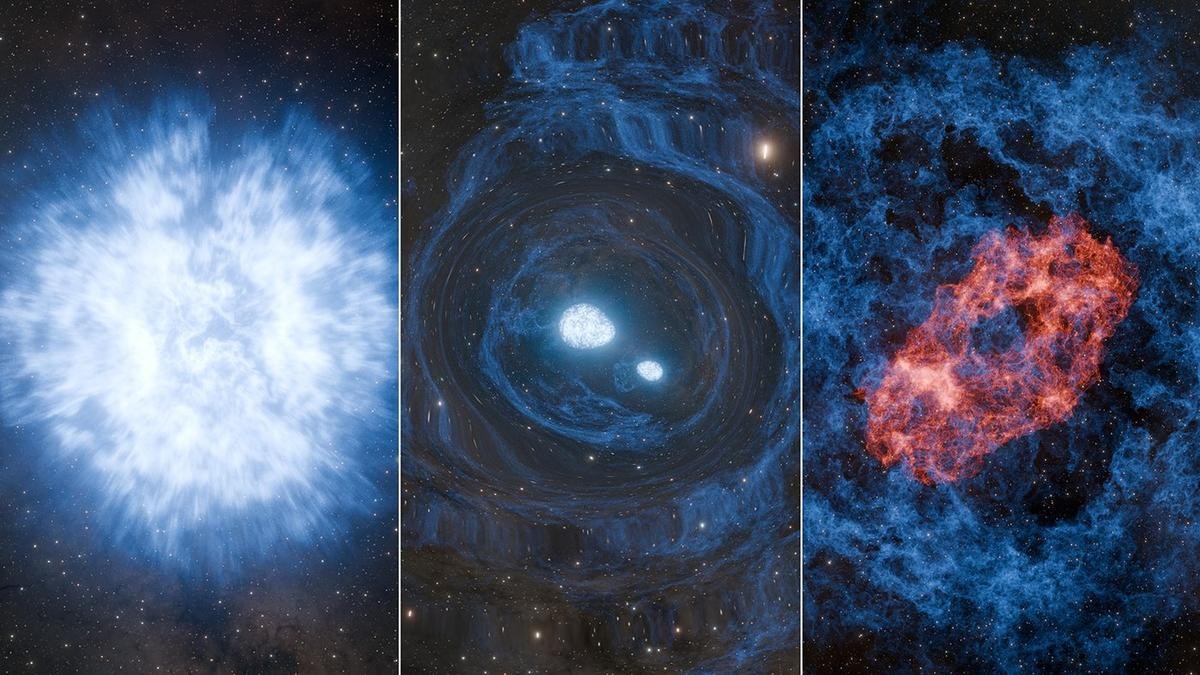



Russian astronomers using Spektr-RG's ART-XC X-ray telescope discovered 11 new active galactic nuclei (AGNs), energetic galaxy cores powered by supermassive black holes. Found at redshifts 0.028–0.258, these nearby AGNs help researchers understand black hole growth and galaxy evolution, adding to over 50 AGNs identified in earlier surveys.

Copyright infringement not intended
Picture Courtesy: PHYS
Russian astronomers identify 11 new active galactic nuclei through Spektr-RG's ART-XC X-ray survey.
AGNs are bright and energetic regions at the centers of some galaxies. They shine much brighter than the rest of the galaxy because of intense activity, driven by a supermassive black hole; intense star formation can also power an AGN, but black holes are the primary drivers.
Types of AGNs, with Seyfert galaxies being the most common. Seyfert galaxies look like normal galaxies in visible light but emit strong infrared radiation and have distinct spectral lines (patterns of light that reveal their composition). There are two main types:
AGNs are crucial for astronomers because they offer clues about galaxy evolution, black hole growth, and the universe’s structure.
A team of astronomers from the Russian Academy of Sciences, uses the Spektr-RG space observatory, launched in July 2019, is a joint project between Russia’s Roscosmos and Germany’s DLR (German Aerospace Center).
It carries two powerful X-ray telescopes: the Russian ART-XC and the German eROSITA. These telescopes scan the sky for X-ray sources, which are linked to energetic phenomena like AGNs.
The latest study, published in the journal Astronomy Letters in 2024, announces the discovery of 11 new AGNs. These findings add to their earlier work, which identified over 50 AGNs and several cataclysmic variables (explosive star systems).
The new AGNs are relatively close to Earth, with redshifts (a measure of distance based on how light stretches) ranging from 0.028 to 0.258, making them easier to study.
Source:
|
PRACTICE QUESTION Q. Which of the following best describes the nature of dark matter? A) A form of energy that accelerates the expansion of the universe. B) A type of matter that interacts only weakly with ordinary matter and electromagnetically neutral. C) A theoretical particle that replaces black holes in cosmological models. D) An artifact of incorrect Newtonian gravity assumptions at galactic scales. Answer: B Explanation: Dark matter is a hypothetical form of matter thought to make up about 85% of the matter in the universe and about 27% of the total mass-energy density. The name "dark matter" refers to the fact that it does not appear to interact with the electromagnetic field, which means it does not absorb, reflect, or emit light, and is therefore difficult to detect directly using electromagnetic radiation. |









© 2026 iasgyan. All right reserved